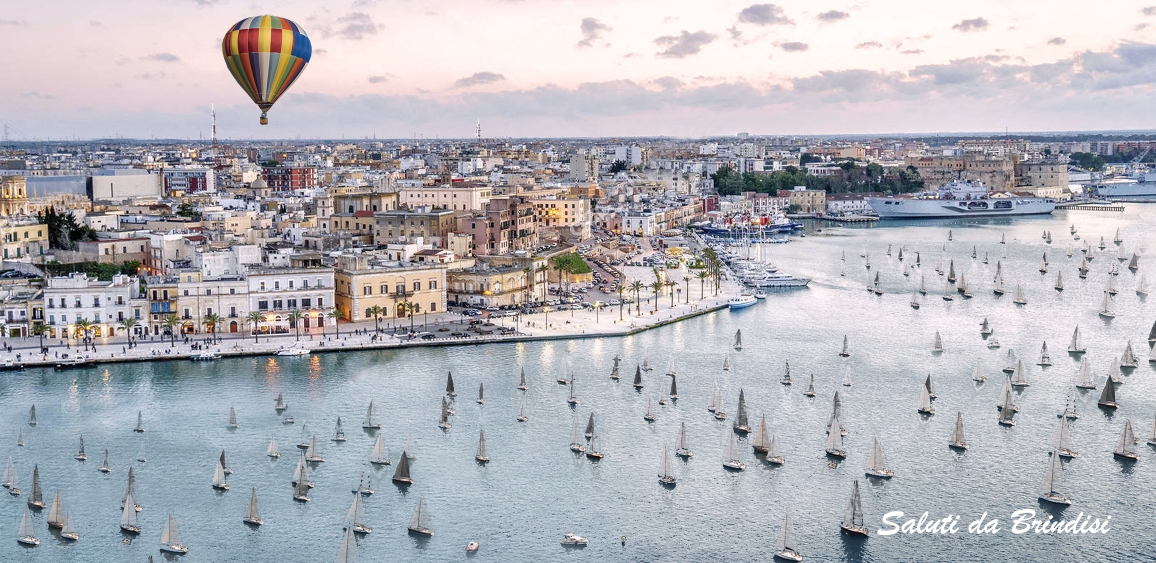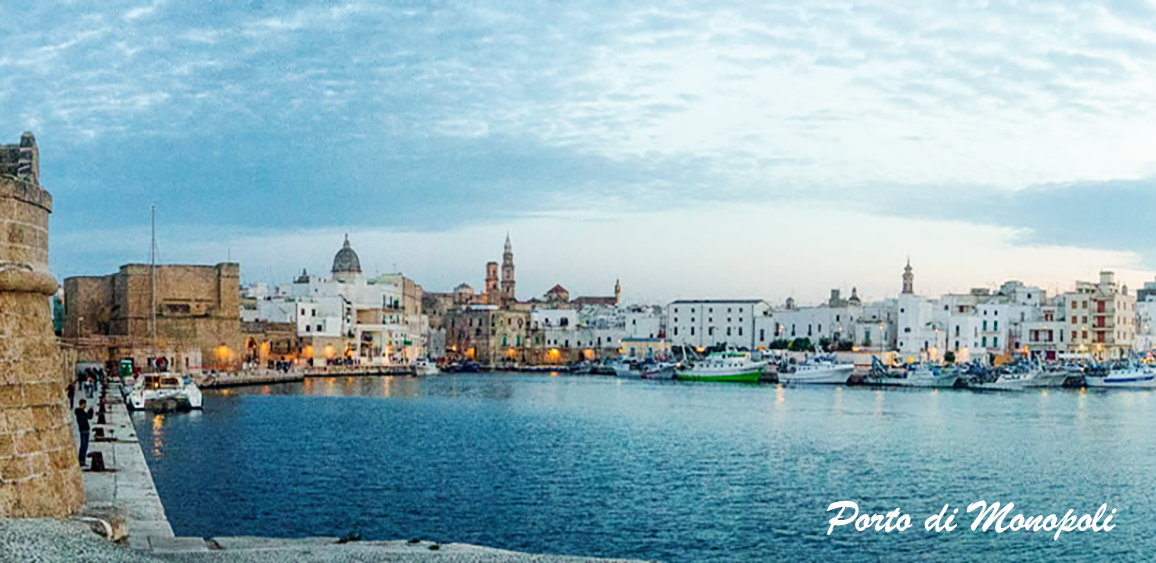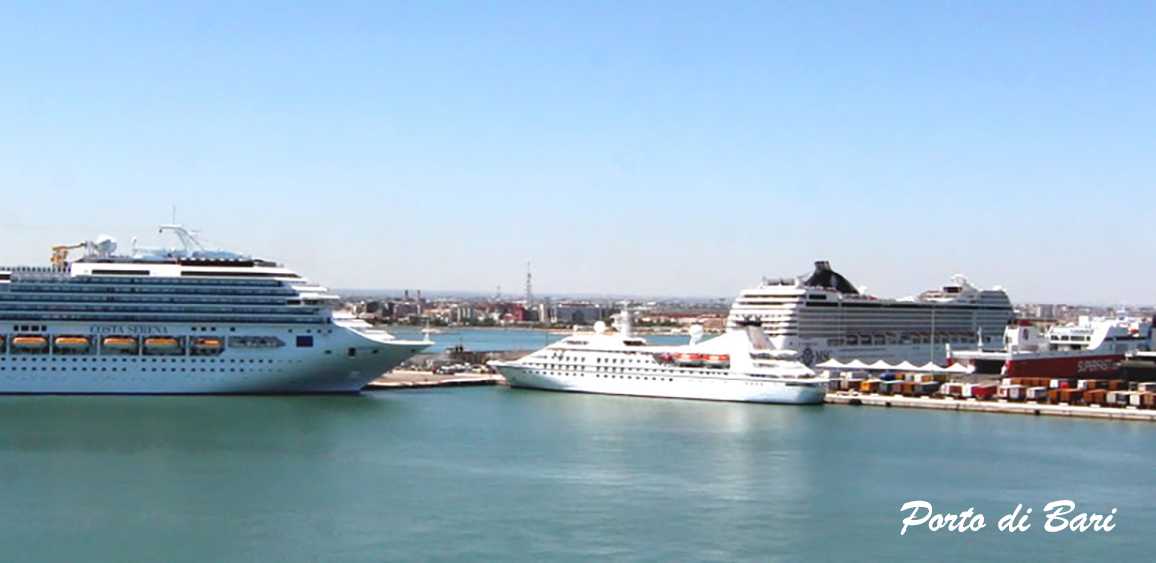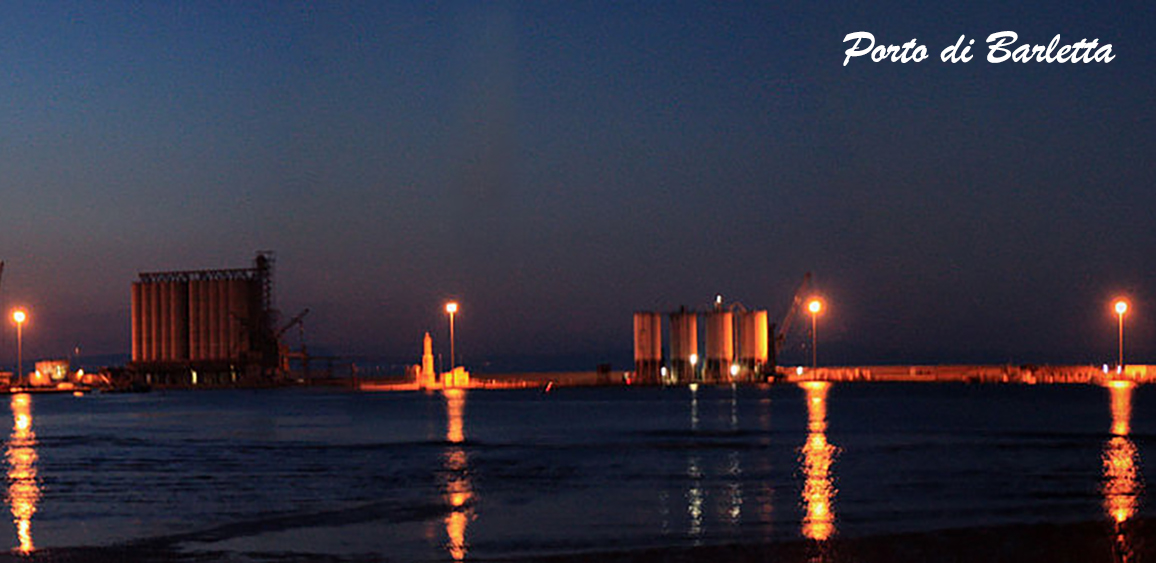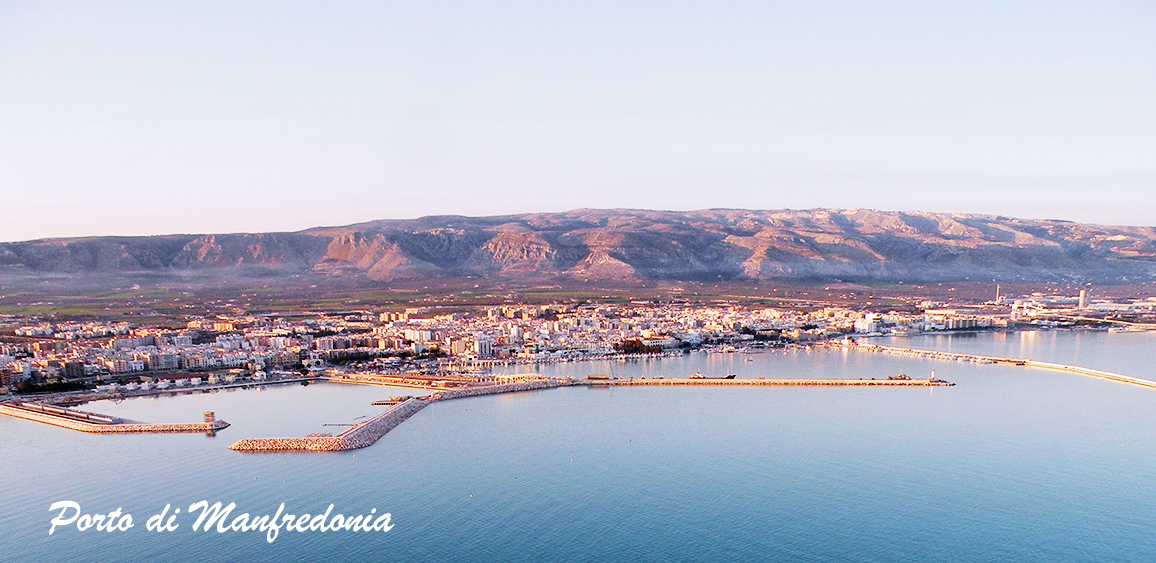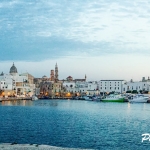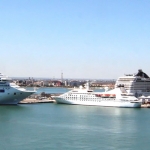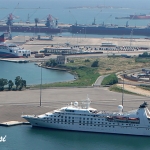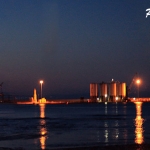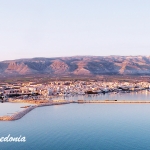In 2019 Autorità di Sistema Portuale del Mare Adriatico Meridionale drafted and approved the Strategic Planning Document for the Port System, which is a prelude to the individual plans in the consultation phase with the cities. The DPSSP is the first phase of the Regulatory Plan of the Port System; the second one consists of the Port Regulatory Plans.
It defines development and content objectives by identifying areas for strictly port and inland port functions, for port-city interaction and road and rail links with individual ports of the system, for urban center crossings, relating to the 5 Adriatic ports: Bari, Brindisi, Manfredonia, Barletta, Monopoli. It was a remarkable progress, for the D.L.169 / 16, after decades of just public planning.
The aims, the choices, the criteria, the rules and the procedures for drafting the individual port plans are described by starting from reflections on the PRP in force and from works financed or in progress as invariants.
Environmental compatibility is a fundamental collective theme for sustainability and for the effects on the entire coastal territory as an “integrated and open system”.
Clarity, listening and participation are key elements to resolve the often complex relationships between city-port-sea. The conflict between city and port – a focus of work and opportunities – also through the SEZs, can be mitigated by addressing the opening to the city as a topic of comparison-conflict-dialogue.
Brindisi was the emblematic case chosen as the object of an urban laboratory: “Brindisi. Port and border”. In addition to international competition, internal conflict can be approached in an unusual way.
Italiano
